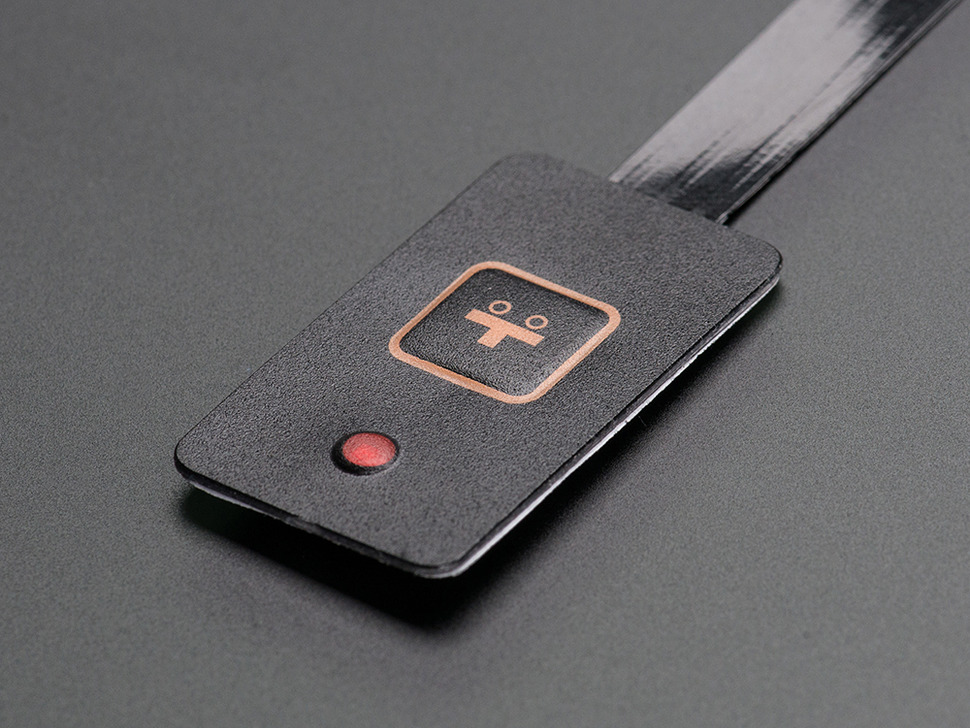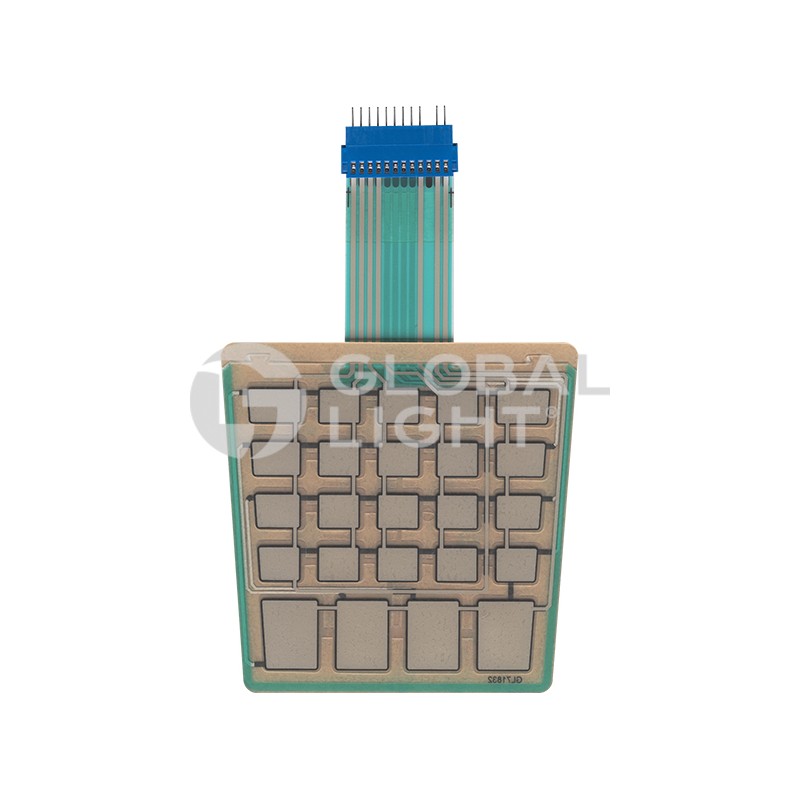Membrane Switch: Reliable, Cost-Effective, and User-Friendly Control Systems
Membrane Switch: Reliable, Cost-Effective, and User-Friendly Control Systems
Blog Article
Recognizing Membrane Changes: The Trick to Trustworthy and durable Controls

What Are Membrane Switches?
Membrane switches are an advanced remedy in the world of user interface technology, combining performance and style effortlessly. These tools offer as a user interface in between customers and digital systems, incorporating numerous parts right into a portable format. Normally constructed from adaptable, slim layers of products, membrane layer buttons are made to reply to touch, making it possible for users to interact with equipment and digital tools properly.
The key aspects of a membrane switch include a published circuit layer, visuals overlay, and a spacer layer that protects against unexpected activation. The visuals overlay can be personalized to reflect brand identification or customer preferences, enhancing looks while making sure functionality. Membrane buttons are frequently used in various applications, including clinical tools, customer electronics, and commercial devices, owing to their toughness and resistance to environmental factors such as dampness and dirt.
One of the vital benefits of membrane buttons is their capability to withstand damage, making them suitable for high-traffic environments. In addition, they are light-weight and require marginal space, enabling ingenious designs in item development. On the whole, membrane switches over represent a practical and effective choice for modern-day electronic user interfaces, marrying innovation with user-centric layout principles.
Just How Membrane Changes Work
The operation of membrane layer changes joints on an easy yet reliable mechanism that equates customer input into digital signals. These buttons contain several layers, typically including a visuals overlay, a spacer layer, and a circuit layer. When a user presses the switch, the leading layer flaws, enabling a conductive aspect in the circuit layer to make call with a corresponding conductive pad on the bottom of the visuals overlay. This get in touch with closes the circuit and sends out a digital signal to the gadget, indicating that the switch has actually been turned on.
The design of membrane switches can vary, however they commonly include domes or responsive elements to provide feedback to the individual, improving the general experience - membrane switch. The products utilized in membrane layer buttons, such as polyester or polycarbonate, add to their longevity and resistance to ecological factors, including moisture and dirt. Furthermore, the printed circuits are generally encapsulated, which safeguards them from wear and tear in time.
Benefits of Membrane Layer Buttons

Additionally, membrane switches are known for their sturdiness. Built from durable products, they are resistant to dust, wetness, and physical wear, which substantially expands their life-span contrasted to standard mechanical buttons. This toughness makes them specifically ideal for high-traffic settings and applications calling for longevity.
Another considerable advantage is the ease of cleansing and upkeep. The smooth surface area of membrane layer switches decreases dirt accumulation and is typically resistant to spills, making them suitable for setups that need regular sanitization.
Furthermore, membrane buttons use a structured profile, leading to a thinner layout that can be incorporated into various devices without adding mass. This function not only enhances the visual charm but additionally adds to a more ergonomic item layout.
Applications of Membrane Buttons
Functional and easy to use, membrane buttons discover applications across a vast variety of industries, consisting of medical tools, consumer electronics, and commercial equipment. In the clinical field, these buttons are essential to tools such as diagnostic tools, individual monitoring systems, and mixture pumps, where reliability and convenience of cleaning are essential. Their capability to maintain and stand up to harsh atmospheres functionality makes them optimal for such applications.

In customer electronic devices, membrane buttons are made use of in products like microwaves, washing equipments, and remote controls - membrane switch. Their smooth layout enables user-friendly interface, boosting the overall individual experience while supplying resilience and resistance to use and tear
Commercial equipment likewise gains from membrane layer buttons, particularly in control panels for equipment and automation systems. These switches use defense versus dirt and moisture, making sure look here constant efficiency in tough atmospheres. Their customizable features permit producers to tailor them to certain functional needs, improving effectiveness and performance.
Choosing the Right Membrane Layer Switch
When picking a membrane layer switch, it is necessary to consider different elements that influence efficiency and suitability for particular applications. The primary considerations consist of ecological conditions, tactile feedback, resilience, and design requirements.
First, analyze the operating the original source atmosphere; switches exposed to dampness, chemicals, or severe temperature levels need particular products to make certain durability and functionality. Next off, examine the requirement for responsive responses. Depending upon user communication, some applications may benefit from a responsive reaction to validate activation, while others might prefer a non-tactile layout for aesthetic factors.
Toughness is one more critical aspect; membrane buttons ought to be made to stand up to frequent usage, impacts, and abrasion. Make certain the selected button can endure the anticipated lifecycle, particularly in high-usage circumstances.

Conclusion
To conclude, membrane layer changes act as essential parts in the style of durable and trusted control systems across different markets. Their portable layout, incorporated with durable building and construction and personalized functions, boosts individual communication see here while guaranteeing long life popular environments. The adaptability of membrane changes permits tailored remedies that satisfy details operational demands, strengthening their value in contemporary innovation. As industries continue to advance, the significance of incorporating effective membrane button solutions can not be overstated.
Membrane layer switches over stand for a crucial aspect of contemporary interface style, mixing performance with strength in numerous applications.Membrane layer buttons are an innovative solution in the realm of user interface technology, combining functionality and design seamlessly. Generally built from versatile, thin layers of materials, membrane buttons are made to react to touch, making it possible for customers to connect with equipment and digital gadgets successfully.
The style of membrane switches can vary, yet they often incorporate domes or responsive components to give responses to the individual, improving the overall experience.In conclusion, membrane switches over offer as necessary components in the layout of trustworthy and long lasting control systems across numerous sectors.
Report this page